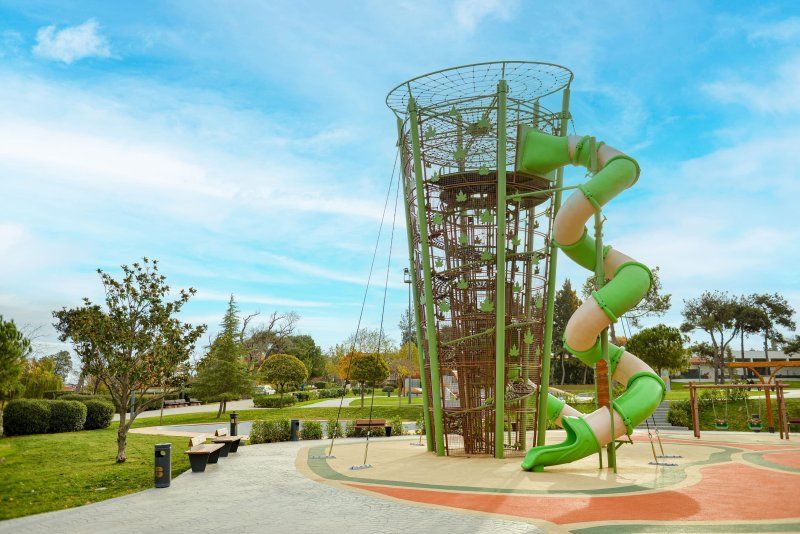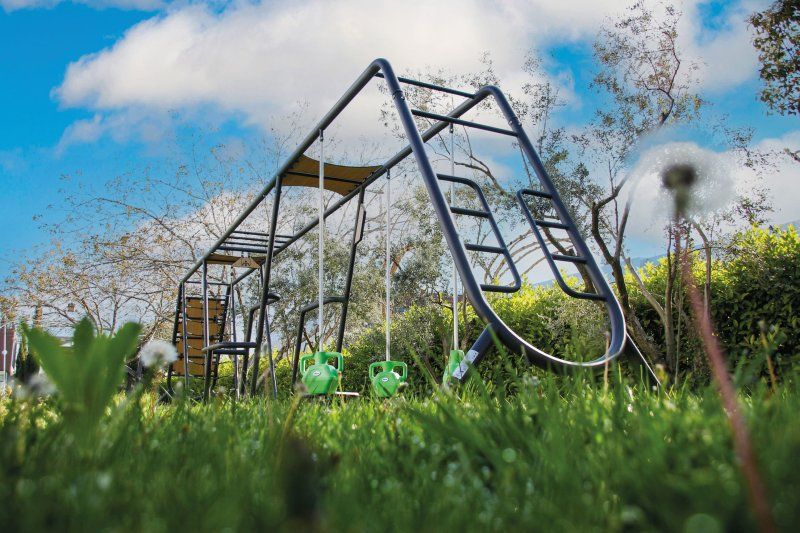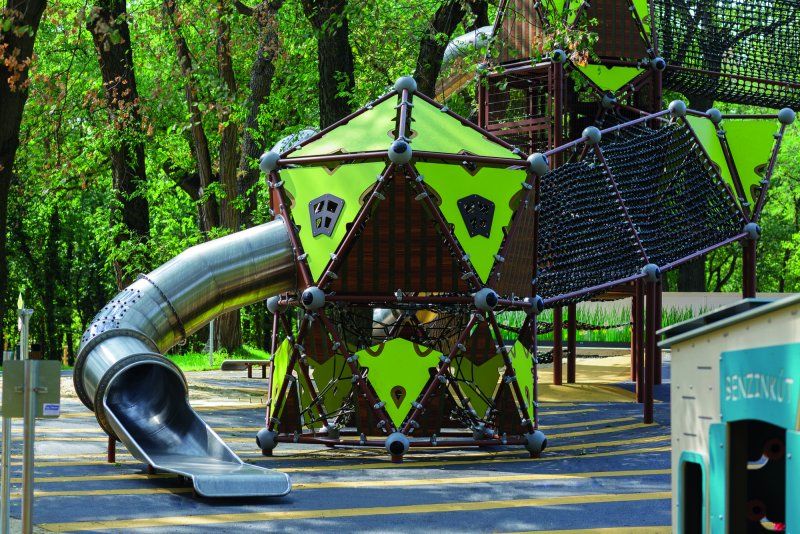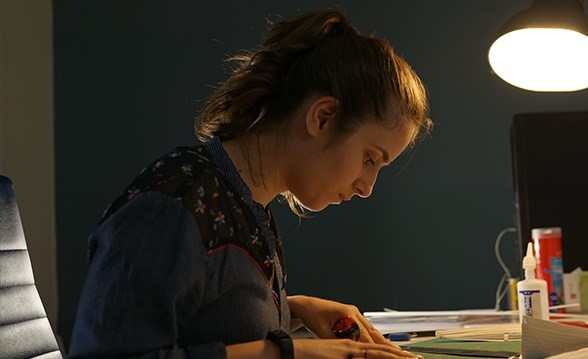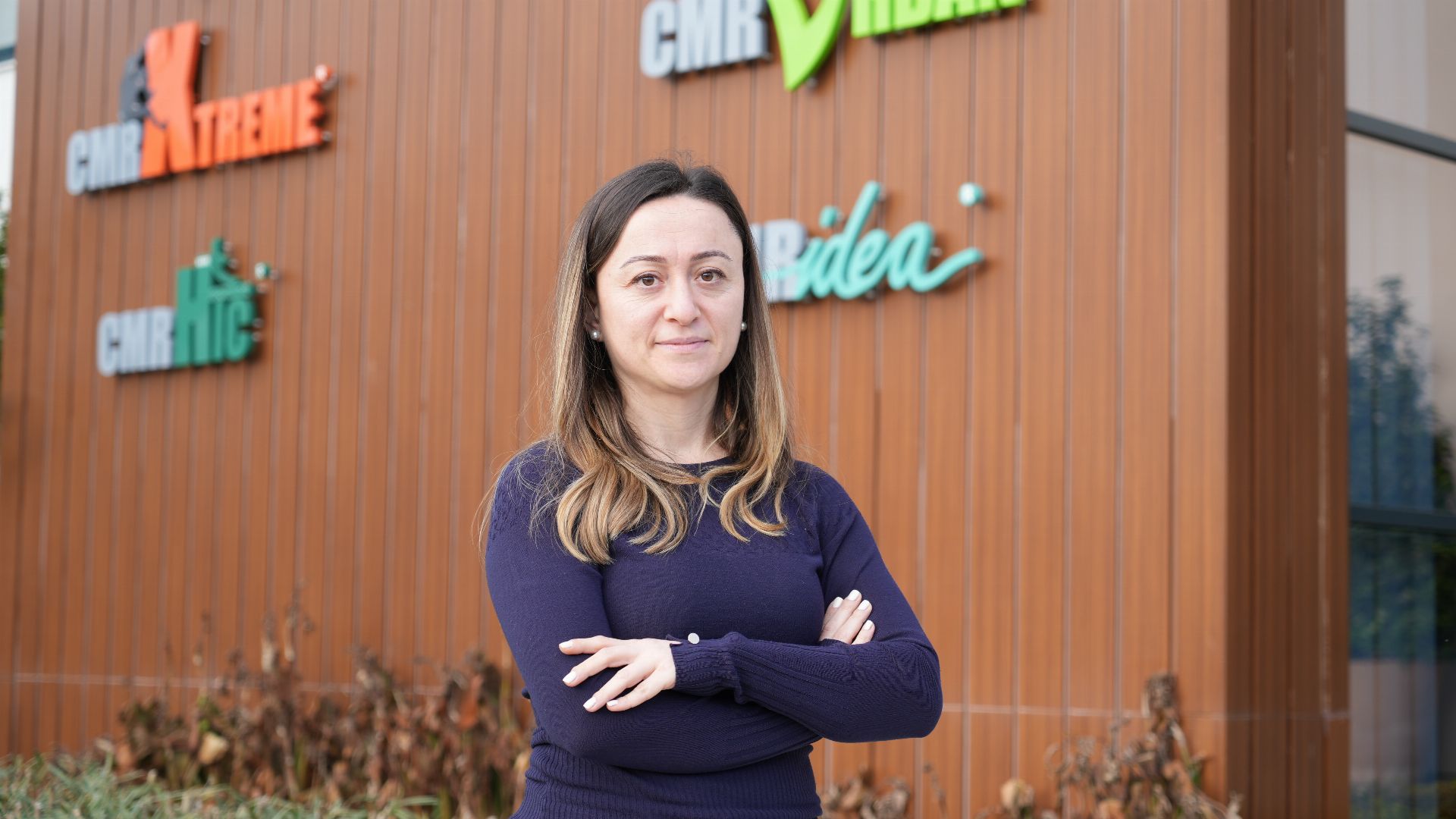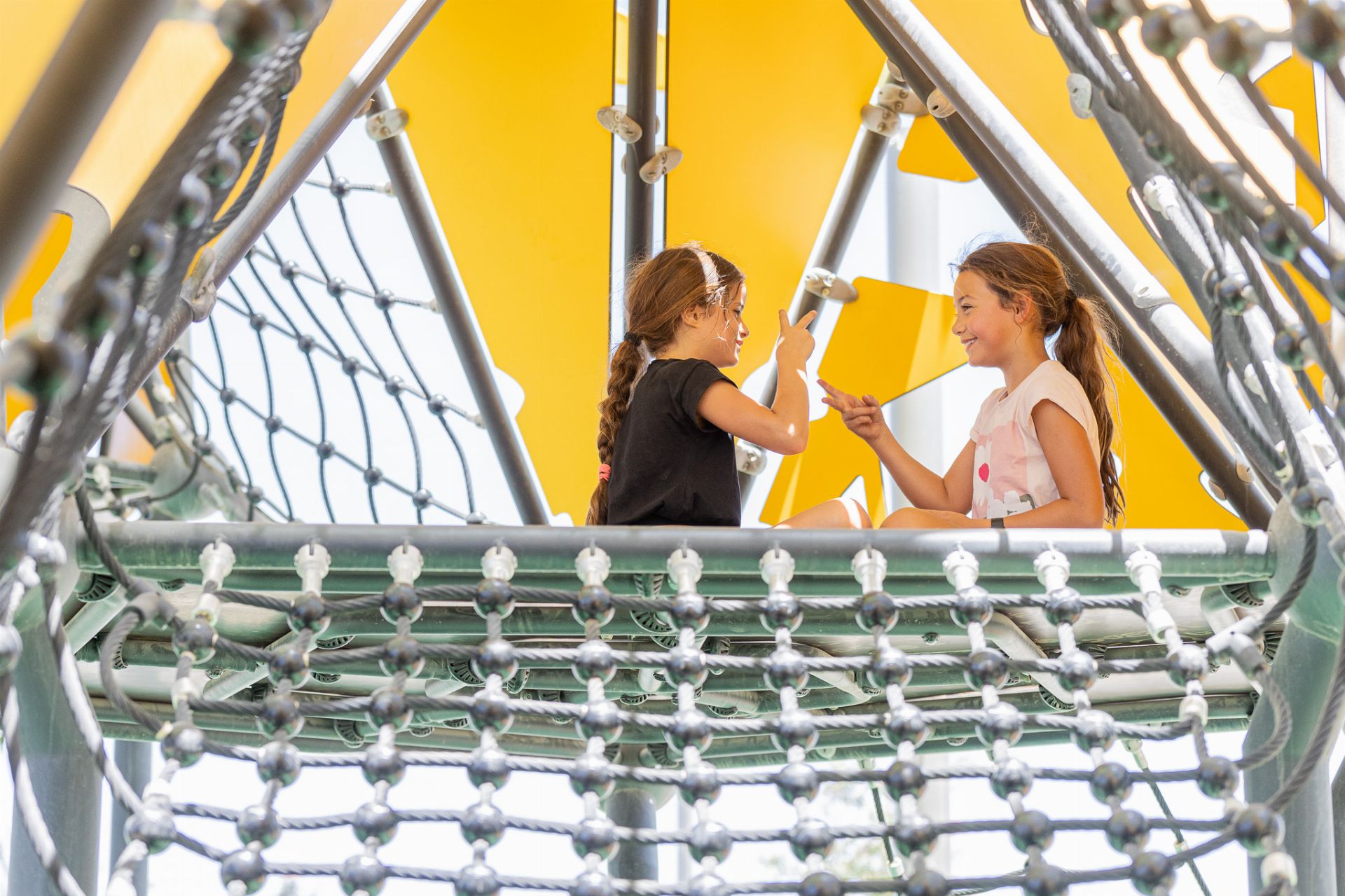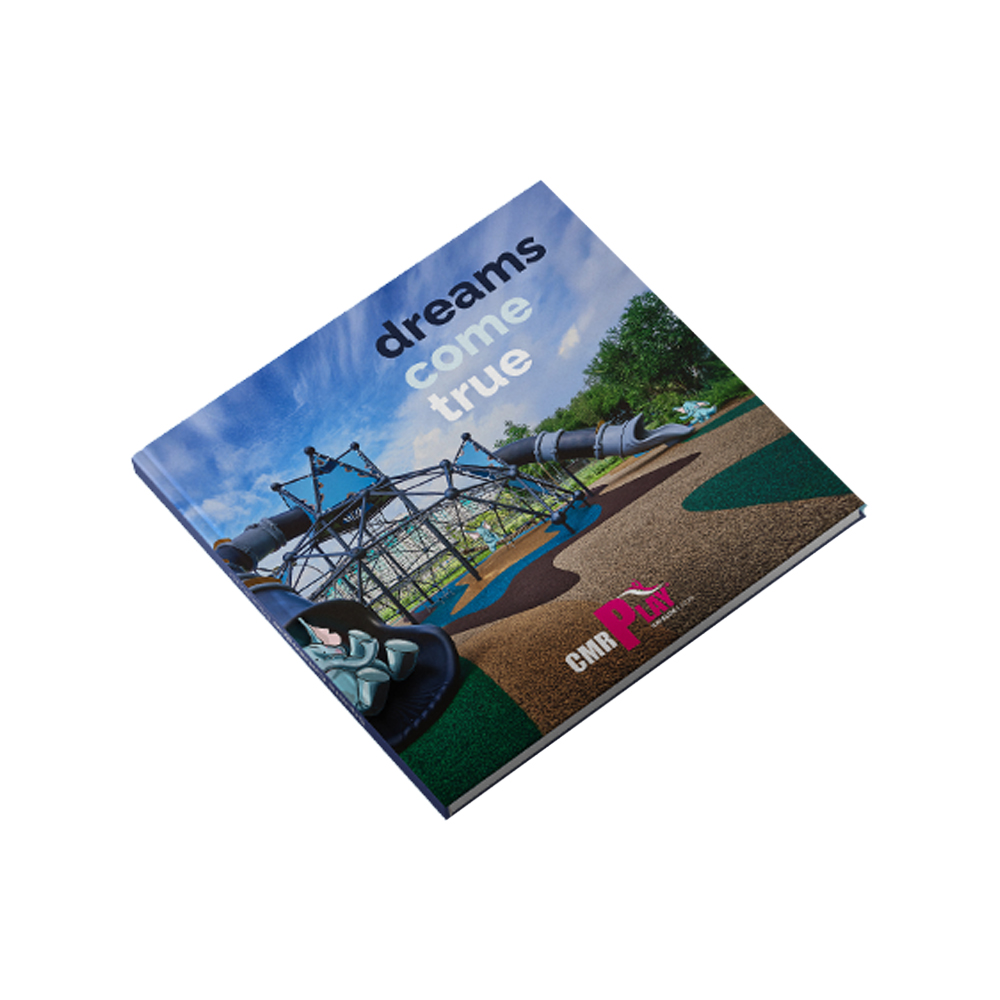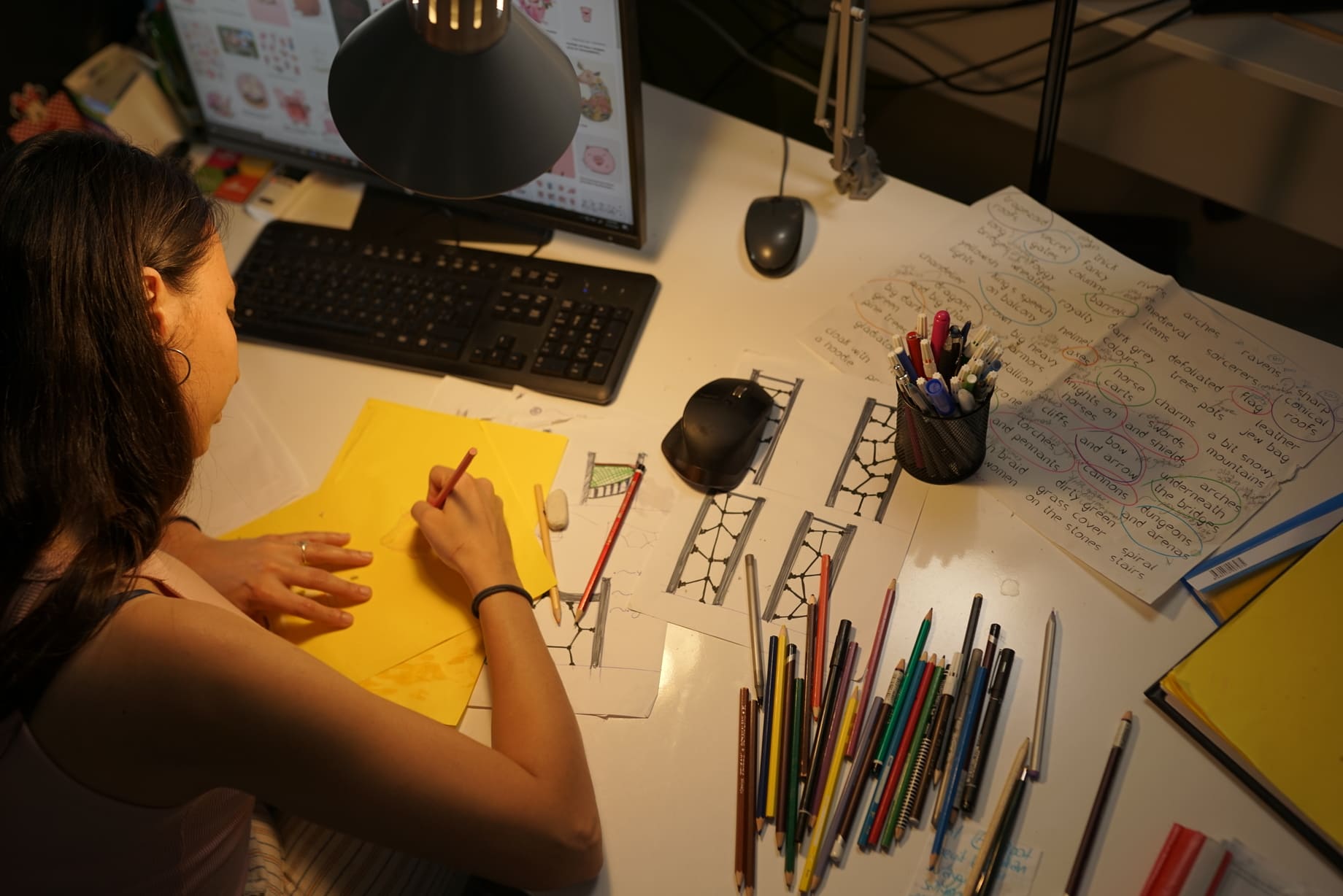
PLAY
"Play is an activity that allows a child to learn independently through experience, driven by fun and intrinsic motivation. It consists of behaviors that include emotions such as happiness, excitement, curiosity, and joy, and can sometimes have predetermined rules or develop spontaneously."
"Play is the child’s most important work."
– Maria Montessori
THE IMPORTANCE OF PLAY
Play holds a significant place in a child’s development. It affects their motor skills, social and emotional development, and cognitive development. The social aspect of play involves the development of interpersonal relationships, while its cognitive aspect focuses on the interaction with and use of objects.
Through play, a child can learn many concepts such as size, shape, color, weight, volume, measurement, counting, time, space, distance, and spatial awareness, as well as mental operations like matching, classifying, ordering, analyzing, synthesizing, and problem-solving.
- The most natural way of learning and discovery
- Reflecting emotions and thoughts
- Developing the sense of imagination
- Problem-solving and coping with challenges
- Improving fine motor skills and the muscular system
- Socialization and interaction with the outside world
- Developing empathy and sympathy
- Development of social communication and sharing
These are some of the benefits that play brings to children.
When examining play in relation to a child's age, it is observed that children go through specific sequential stages of development.
“Play is the way children internalize stimuli from the external world and place them into their adaptation system.”
– Jean Piaget
When examining children's abilities, it is observed that the types of activities and games they can engage in differ based on their age group. In addition to their physical development, their social skills also vary according to age.
The researcher and sociologist Parten analyzed play in six stages according to social skills.
-
UNINVOLVED PLAY (Birth – 3 months): From birth, the baby's random and aimless movements with their arms, legs, hands, and feet are the beginning of play and the foundation for the other five stages. In this stage, babies start exploring how their bodies move. They can observe things that catch their attention and may engage in self-stimulating behaviors, thus beginning to specialize in self-regulation. During this stage, there is no interpersonal interaction.
-
SOLO PLAY (Birth – 2 years): This stage is when a child prefers to play alone. Catching objects, putting things in their mouth, and listening to the sound of rattles are all forms of play for them. Brightly colored, sound-producing, soft, and attention-grabbing toys attract their interest. Typically, they play with toys alone in this stage, and social communication or sharing toys is not yet relevant. The main feature of solo play is that the child continues their play without being influenced by their surroundings. They might roll balls or build towers from blocks.
-
ONLOOKER PLAY: In this stage, children do not engage in play with other children but rather watch their play or ask questions about their actions without participating. This stage is distinguished from solo play by the child's interest in other children's play. Though this may seem concerning, it is actually a normal stage. Just as adults learn from observing others, children too learn a lot by watching others. They can learn the social rules of play and how materials are used simply by observing. Additionally, they may explore different ways of playing the same game.
-
PARALLEL PLAY (2-4 years): In this stage, children play in the same environment and use toys but do not play together, continuing their activities independently. In parallel play, social interactions are minimal, but they may engage with one another by requesting toys or sharing their thoughts. Though it appears that there is no interaction, it is possible to say that they pay attention to each other and even imitate one another's movements and expressions. This stage starts at around two years and can continue until three or four years old. This stage is also seen as a transition from solitary and onlooker play, where the child is socially less mature, to more cooperative and collaborative types of play.
-
TOGETHER PLAY (3-4 years): Children play in groups, interacting with each other. Their interest in the environment increases, and they may exchange toys or benefit from each other's ideas. In this type of play, each child continues their own activity but is interested in others' ideas. In the together play stage, children begin to shift their focus from objects to interactions with others. They use the social skills they learned in onlooker and parallel play to interact with their peers. This is the stage where children begin to learn how to negotiate with others, share ideas, and engage in discussions during play.
-
COOPERATIVE / COLLABORATIVE PLAY (+4 years): In this stage, the child is engaged with both the activity and the other participants. They collaborate, engage in group games, and share roles. The game has a common goal, and it is organized based on mutual cooperation. The distinguishing feature of cooperative play is that children communicate and share their thoughts, toys, and roles. For example, in games like house play, two children might agree that one will play the role of a baby. This stage also involves children understanding that they are not playing alone, but instead sharing their experiences and working together towards a common goal.
Children can adopt group goals and set rules for their play. Collaborative play is often considered an advanced skill and may be challenging for younger children. It is important to note that cooperative play often involves conflicts, as children may struggle with sharing, taking turns, and negotiating control. However, this is a normal part of the process. Additionally, children begin to identify with the group, and group identity may emerge. This stage typically requires a higher level of social maturity and organizational skills, and it is relatively rare in preschool and kindergarten years.

